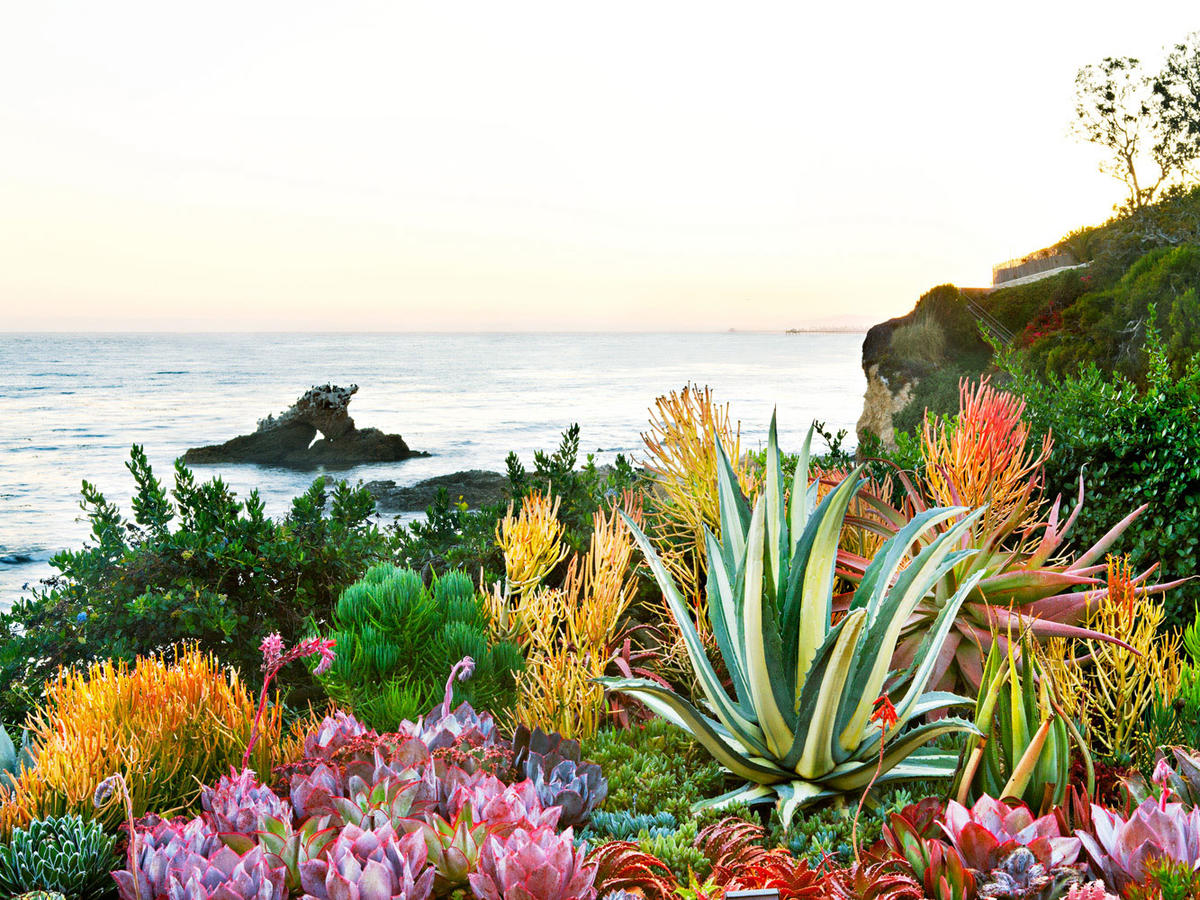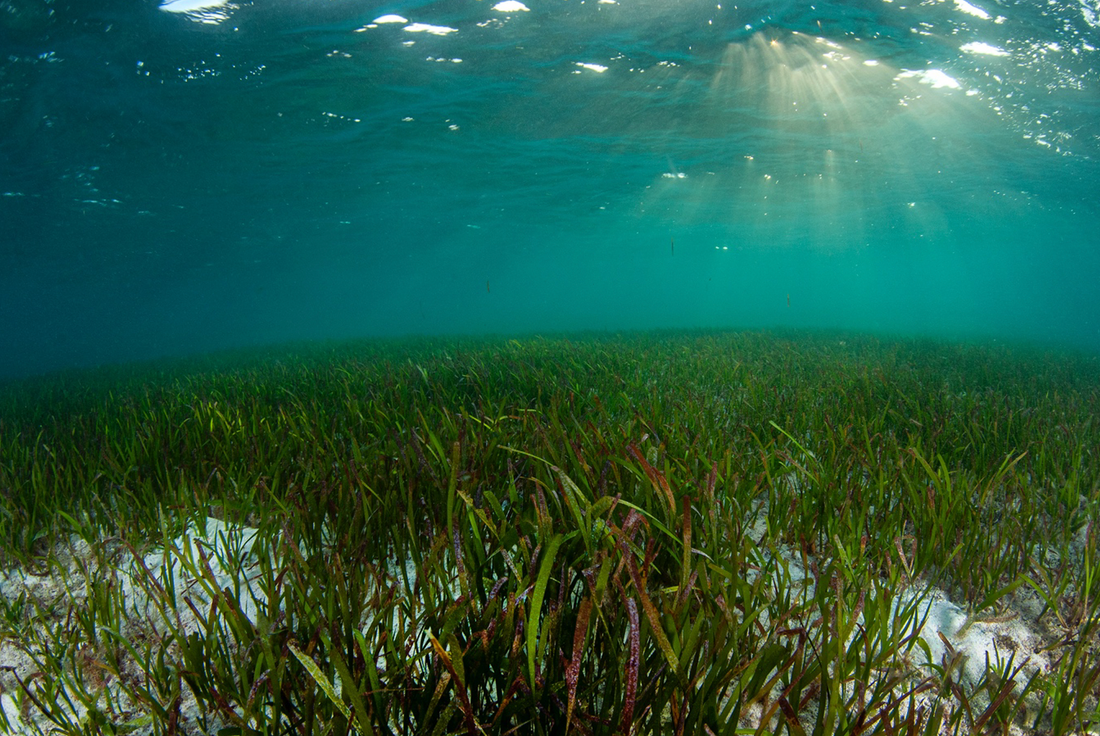
Plants play an essential role in maintaining a healthy environment and provide us with oxygen, food, medicine, and other natural resources. But did you know that there are two distinct types of plants - marine plants and houseplants?
Though they may look similar on the surface, these two types of plants have some striking differences.
Marine plants are adapted to survive in saltwater environments while houseplants can typically only thrive in soil-based environments. Both come with their own unique benefits for the environment but understanding the basic differences between them and why they are important to have.
In this article we'll explore the houseplants of underwater and how they benefit not just our planet but all of us as well. We will also provide some Hewma tips to help you include some oceanic elements in caring for your indoor plants.
Marine Plants vs Houseplants
Marine plants and houseplants may seem like they have nothing in common, but they share more similarities than you might think.
Both provide numerous benefits to the ecosystem they inhabit, from preventing soil erosion to improving water quality. And while studies have shown that spending time around houseplants can reduce stress levels and increase productivity, let's not forget about the unsung heroes of our oceans - seagrass.
Seagrass may not be as well-known as other marine plants, but it plays a crucial role in carbon sequestration and maintaining healthy marine ecosystems.
So whether you're tending to your indoor garden or admiring the beauty of seagrass through a snorkel, take a moment to appreciate the important role these plants play in our world.
Unique Characteristics of Marine Plants
You might not have already known this, but there are also plants that live beneath the salty waves, and they have some unique characteristics that make them stand out from their land-based counterparts.
Marine plants are adapted to survive in saltwater environments where there is greater light penetration and fewer nutrients. They tend to have wider leaf blades than houseplants, allowing them to capture more sunlight and thereby photosynthesize at a higher rate.
There are over 30,000 different species of marine plants that act as houseplants under the sea, ranging from plankton to towering kelps, there is no limit to the fascinating traits these underwater plants possess. Truly awe-inspiring to see the diverse and ingenuity of life that has taken hold beneath the waves
Benefits of Having Both Types of Plants in the Environment
Picturing a world without plants seems impossible when we grew up seeing them all around us, right?
They are the backbone of our environment, providing us with the fresh air we breathe. From the towering trees to delicate succulents, despite being worlds apart, play an incredible role for us.
Marine plants, for instance, are incredibly efficient at absorbing carbon dioxide, helping regulate our planets climate. They also offer oxygen into the water and provide a home for marine wildlife.
Meanwhile, our precious houseplants are capable of purifying the air around us, reducing the risk of respiratory illness and increasing our overall well-being.
Combining Marine and Houseplants into Your Home

As homeowners and plant enthusiasts, we always try to find ways to incorporate new and exciting elements into our living space.
One unique trend that we have found is bringing the sea inside. And why not? For example, marine plants such as seaweed can be used as natural fertilizers for your garden.
This is because seaweed has a variety of nutrients and minerals that are essential for healthy plant growth. Not to mention, the rainforest-like atmosphere that it creates!
On the other hand, we also like to bring a little bit of the sea into our houseplants. Adding stones or sand to your soil can help improve drainage and aeration while adding salinity in moderation can give your plants additional nutrients.
Sealife Inside
Both types of plants play an important role in maintaining our environment by providing us with oxygen, food, medicine and other natural resources. By understanding the unique characteristics that each type has to offer, we are better able to appreciate their beauty and benefits for both ecosystems - underwater as well as on land.
We can even bring elements from the ocean into our home or garden! With these tips in mind, let’s all strive to create more sustainable spaces.
So, why not mix things up a little and try adding a little bit of the ocean into your home or garden?
How would you incorporate sea plants in your home?

